Waist Training
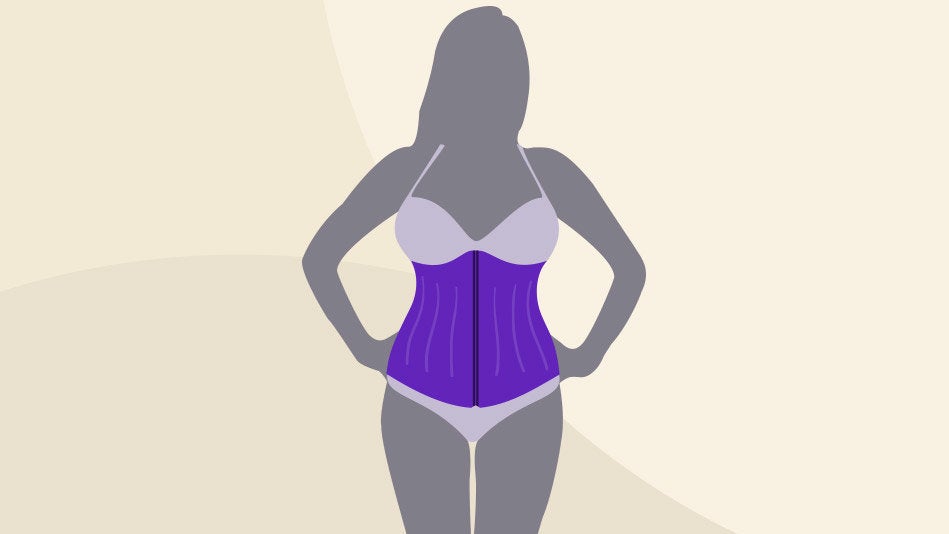
Illustration: David Wyffels
The Idea: If you've been on Instagram in the past year, you've probably seen celebrities like the Kardashians snapping selfies in their waist trainers. These corset-like contraptions take a cue from Victorian times and claim to reshape your waist and kick-start fat loss in your stomach. You begin with 2-to-4-hour sessions and gradually build to round-the-clock wear.
The Problem: Makers of the garment say it strengthens your core, but like the back-support belts worn by people who lift heavy things for a living, it's more likely to leave your muscles weaker in the long run, says Michael Roizen, MD, chief wellness officer at the Cleveland Clinic. "It's not training -- it's deconditioning," he says. "And your stomach will go back to its original shape as soon as you take it off."
The Lesson: If you want a tighter, stronger stomach, actual abdominal exercises are your best bet. Try this 4-move routine (no crunches!) to get started.
The Problem: Makers of the garment say it strengthens your core, but like the back-support belts worn by people who lift heavy things for a living, it's more likely to leave your muscles weaker in the long run, says Michael Roizen, MD, chief wellness officer at the Cleveland Clinic. "It's not training -- it's deconditioning," he says. "And your stomach will go back to its original shape as soon as you take it off."
The Lesson: If you want a tighter, stronger stomach, actual abdominal exercises are your best bet. Try this 4-move routine (no crunches!) to get started.
Raw Milk
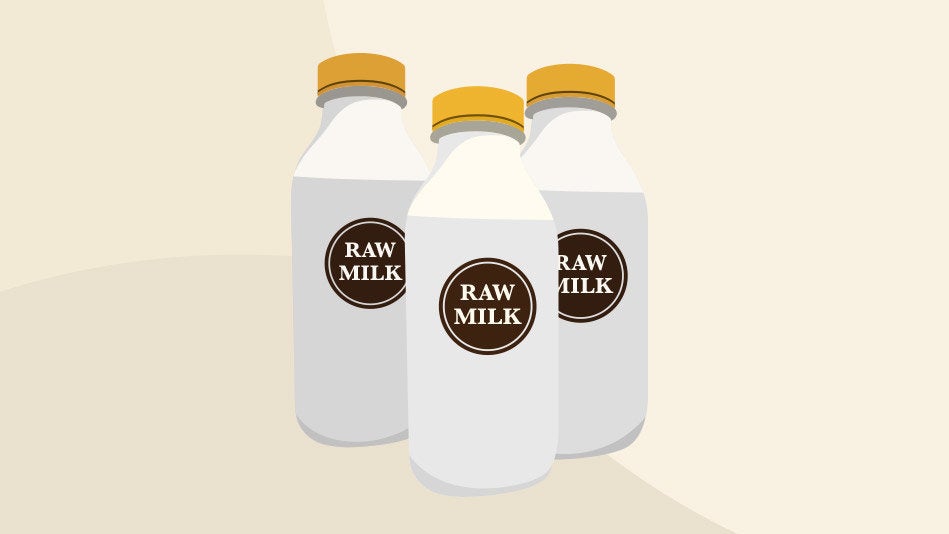
Illustration: David Wyffels
The Idea: Fans of raw milk, also known as "real" milk, say that skipping the pasteurization process makes for greater anti-microbial and immune-boosting properties.
The Problem: Pasteurization kills potentially harmful pathogens that come from contamination or sick cows, which is why the U.S. government banned raw milk from being sold or distributed across state lines in 1987. Individual states had the final say on whether it could be sold within their borders though. Eight more states have given it the okay within the past 11 years, bringing the total tally of states where you can buy raw milk to 30, with several others allowing cowshare agreements, where you chip in for a cow's care and get a portion of its unpasteurized milk in return. There were 81 outbreaks associated with non-pasteurized milk between 2007 and 2012 (a 4-fold increase over 1993 to 2006), resulting in 979 illnesses and 73 hospitalizations. (Potential culprits that are nixed by pasteurization: salmonella, E coli and campylobacter, the ingestion of which has been linked, though rarely, to Guillain-Barré syndrome or temporary paralysis.)
The Lesson: If you're after the beneficial bacteria that pasteurization destroys, there are less dangerous ways to get it, Roizen says. Try probiotic-rich yogurt or kefir instead.
The Problem: Pasteurization kills potentially harmful pathogens that come from contamination or sick cows, which is why the U.S. government banned raw milk from being sold or distributed across state lines in 1987. Individual states had the final say on whether it could be sold within their borders though. Eight more states have given it the okay within the past 11 years, bringing the total tally of states where you can buy raw milk to 30, with several others allowing cowshare agreements, where you chip in for a cow's care and get a portion of its unpasteurized milk in return. There were 81 outbreaks associated with non-pasteurized milk between 2007 and 2012 (a 4-fold increase over 1993 to 2006), resulting in 979 illnesses and 73 hospitalizations. (Potential culprits that are nixed by pasteurization: salmonella, E coli and campylobacter, the ingestion of which has been linked, though rarely, to Guillain-Barré syndrome or temporary paralysis.)
The Lesson: If you're after the beneficial bacteria that pasteurization destroys, there are less dangerous ways to get it, Roizen says. Try probiotic-rich yogurt or kefir instead.
E-Cigarettes
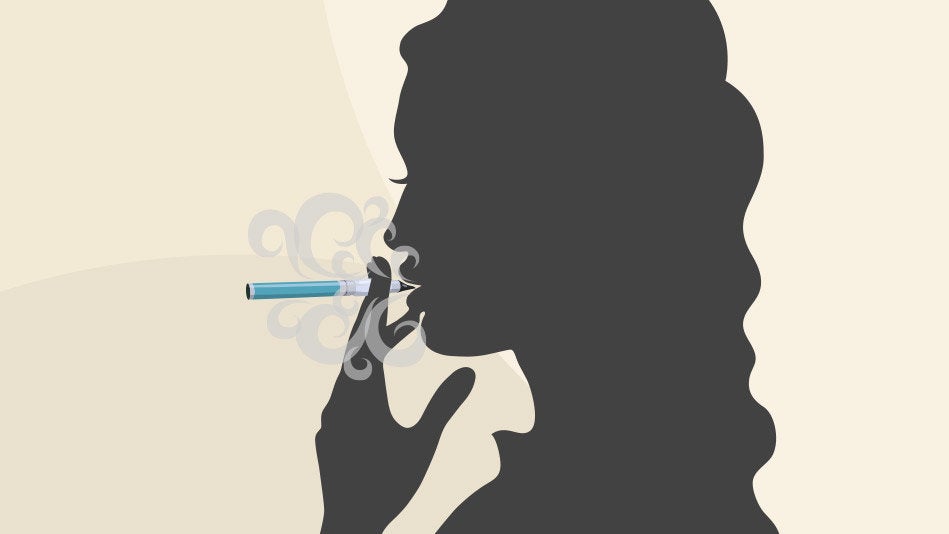
Illustration: David Wyffels
The Idea: These battery-operated devices deliver nicotine, enticing flavors (pina colada, coffee, cherry, bubblegum and more), and other chemicals but no tobacco, so they're often marketed as a safe way to quit smoking.
The Problem: There was no difference in quit rates among smokers who tried e-cigarettes and those who didn't try them in a 2014 study in JAMA Internal Medicine. And two recent studies, one in the New England Journal of Medicine and the other in Nicotine & Tobacco Research, found that many e-cigarettes still produce the carcinogenic compound formaldehyde, though in lower levels than regular cigarettes do. There's also evidence that the chemicals used to create those alluring flavors could cause respiratory irritation in some cases.
The Lesson: Smoking is bad, but we don't know yet if e-cigarettes are much better. In the meantime, if you want to quit smoking, check out smokefree.gov for resources that can help.
The Problem: There was no difference in quit rates among smokers who tried e-cigarettes and those who didn't try them in a 2014 study in JAMA Internal Medicine. And two recent studies, one in the New England Journal of Medicine and the other in Nicotine & Tobacco Research, found that many e-cigarettes still produce the carcinogenic compound formaldehyde, though in lower levels than regular cigarettes do. There's also evidence that the chemicals used to create those alluring flavors could cause respiratory irritation in some cases.
The Lesson: Smoking is bad, but we don't know yet if e-cigarettes are much better. In the meantime, if you want to quit smoking, check out smokefree.gov for resources that can help.
Advertisement
The KE Diet
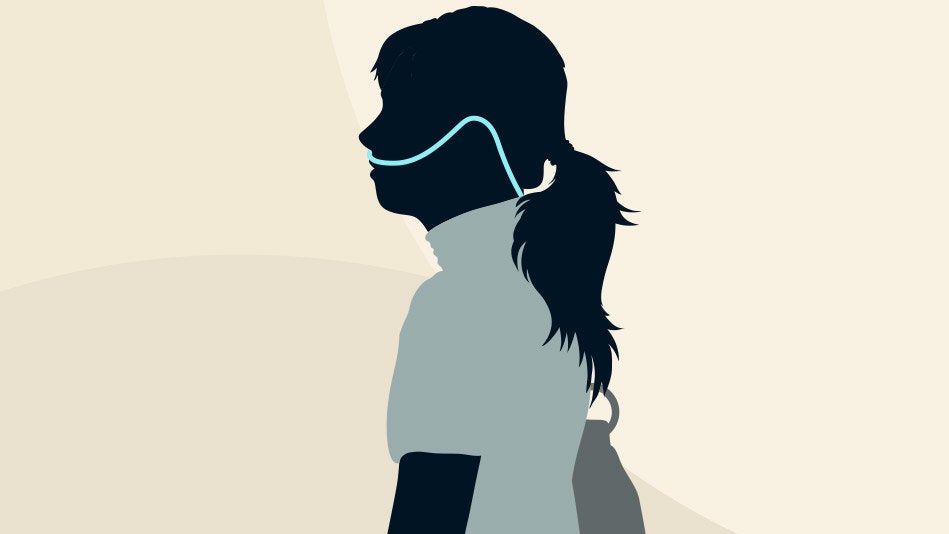
Illustration: David Wyffels
The Idea: File this under the "They're doing what?!" health trend of 2012 --- the KE Diet had followers getting small feeding tubes inserted into their noses to deliver a low-calorie solution with the promise of quick weight loss.
The Problem: Aside from the extreme nature of inserting a tube into your nose, you're consuming way too few calories and putting your body into a state of ketosis, where it relies on your fat stores for fuel to keep going, says Rebecca Scritchfield, RD, the founder of Capitol Nutrition Group in Washington, D.C. And while there are some circumstances where weight-loss via feeding tube may be medically recommended, "this is not for someone who's trying to lose weight to fit into a dress or bathing suit," Louise Aronne, MD, director of the Weight Management Center at Weill Cornell Medical Center says.
The Lesson: Do not resort to feeding tubes to drop a little extra weight.
The Problem: Aside from the extreme nature of inserting a tube into your nose, you're consuming way too few calories and putting your body into a state of ketosis, where it relies on your fat stores for fuel to keep going, says Rebecca Scritchfield, RD, the founder of Capitol Nutrition Group in Washington, D.C. And while there are some circumstances where weight-loss via feeding tube may be medically recommended, "this is not for someone who's trying to lose weight to fit into a dress or bathing suit," Louise Aronne, MD, director of the Weight Management Center at Weill Cornell Medical Center says.
The Lesson: Do not resort to feeding tubes to drop a little extra weight.
Toning Shoes
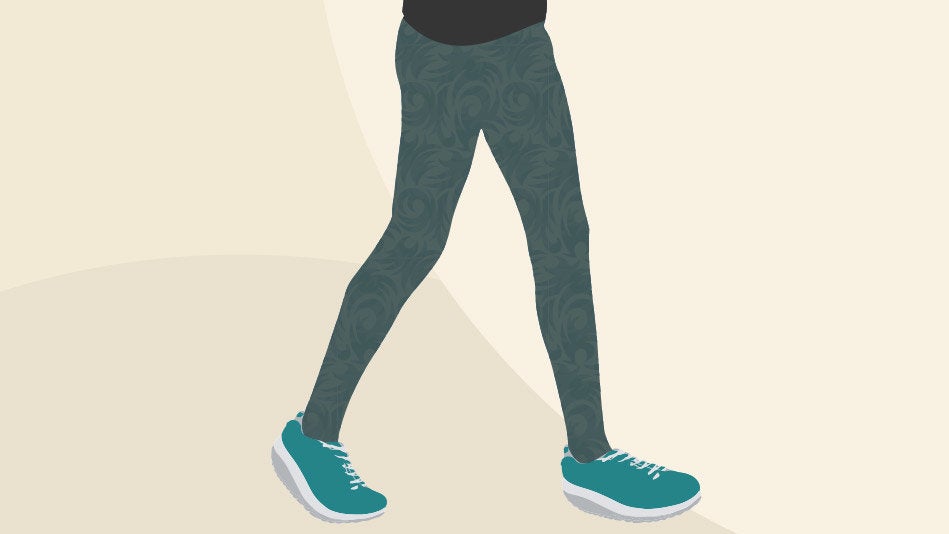
Illustration: David Wyffels
The Idea: The shoes claimed to turn up the burn on your leg muscles and scorch more calories by simulating walking barefoot or walking on uneven surfaces. The same amount of exercise but better results? No surprise that this trend was hugely popular.
The Problem: "It’s bunk," says Glenn Gaesser, PhD, a professor of exercise science and health promotion and the director of the Healthy Lifestyles Research Center at Arizona State University. "The energy expenditure that might be increased by wearing these shoes is trivial compared to the amount you'd need to lose weight." They're no more effective than regular sneakers, according to a 2010 study funded by the American Council on Exercise. Skechers had to fork over $40 million to the Federal Trade Commission in 2012 for the misleading advertising on their popular Shape-up shoes, which promised weight loss and stronger legs, butts and abs.
The Lesson: If wearing toning shoes inspires you to get up and move more, that's great. But, sorry to say, you're not getting a better workout than you would in your regular sneaks.
The Problem: "It’s bunk," says Glenn Gaesser, PhD, a professor of exercise science and health promotion and the director of the Healthy Lifestyles Research Center at Arizona State University. "The energy expenditure that might be increased by wearing these shoes is trivial compared to the amount you'd need to lose weight." They're no more effective than regular sneakers, according to a 2010 study funded by the American Council on Exercise. Skechers had to fork over $40 million to the Federal Trade Commission in 2012 for the misleading advertising on their popular Shape-up shoes, which promised weight loss and stronger legs, butts and abs.
The Lesson: If wearing toning shoes inspires you to get up and move more, that's great. But, sorry to say, you're not getting a better workout than you would in your regular sneaks.
The Master Cleanse
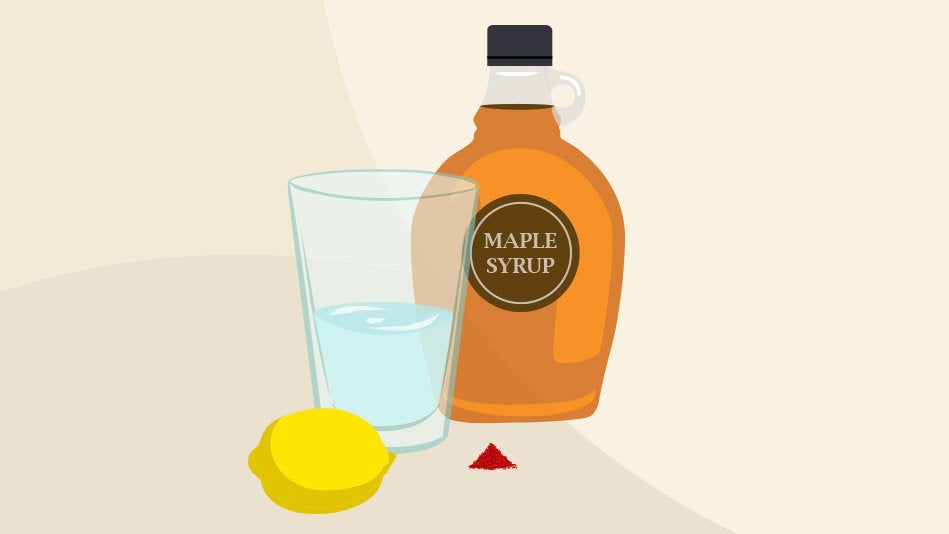
Illustration: David Wyffels
The Idea: Originally launched in the 1940s, this 10-day cleanse enjoyed a celebrity-fueled revival starting around 2006. The gist: Consume nothing but a mixture of water, lemon juice, cayenne pepper and maple syrup (plus a few cups of salted water in the morning and a lovely pre-bed laxative at night) and you'd lose major weight, reset your digestive tract and flush toxins and waste out of your body.
The Problem: First, the claim of getting rid of so-called toxins. Experts agree that there's no scientific evidence behind it -- for this or any other cleanse -- plus, your kidneys and liver do a fine job of clearing out waste. Second, it's the definition of a deprivation diet. "You're starving yourself, and you'll gain the weight back when you start eating real food," Scritchfield says. "You're also stopping your digestive system in its tracks because there's no fiber, so expect to be constipated." And with little to no protein in the plan, you're losing muscle mass in the process, says Aronne.
The Lesson: If you want to lose weight and keep it off, the formula is simple: move more, eat less (while still eating actual food).
The Problem: First, the claim of getting rid of so-called toxins. Experts agree that there's no scientific evidence behind it -- for this or any other cleanse -- plus, your kidneys and liver do a fine job of clearing out waste. Second, it's the definition of a deprivation diet. "You're starving yourself, and you'll gain the weight back when you start eating real food," Scritchfield says. "You're also stopping your digestive system in its tracks because there's no fiber, so expect to be constipated." And with little to no protein in the plan, you're losing muscle mass in the process, says Aronne.
The Lesson: If you want to lose weight and keep it off, the formula is simple: move more, eat less (while still eating actual food).
Advertisement
Fat-Free Everything
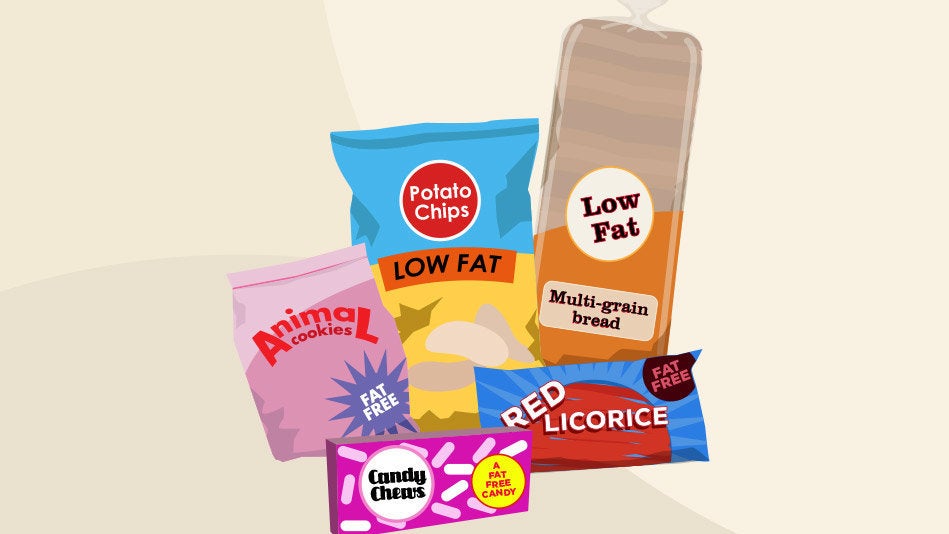
Illustration: David Wyffels
The Idea: Low-fat and fat-free foods ruled the day in the late '80s and early '90s. Food manufacturers removed fat from seemingly every product they could think of and we all feasted on carbs without a care in the world (they were the base of the Food Pyramid at that time, after all).
The Problem: In order to remove fat without removing all of the flavor, brands added sugar -- and a lot of it. Even healthy fats were demonized, grouped with less-healthy version at the very top of the Food Pyramid. "I would eat a 5-pound bag of Halloween candy because it was fat-free, but I wouldn't touch an avocado," admits Scritchfield. But ditching fat didn't do too much for our health. A large study in JAMA found that following a low-fat diet didn't lower the risk of coronary heart disease or stroke in postmenopausal women.
The Lesson: A healthy diet includes healthy fats, and a cap on added sugar.
The Problem: In order to remove fat without removing all of the flavor, brands added sugar -- and a lot of it. Even healthy fats were demonized, grouped with less-healthy version at the very top of the Food Pyramid. "I would eat a 5-pound bag of Halloween candy because it was fat-free, but I wouldn't touch an avocado," admits Scritchfield. But ditching fat didn't do too much for our health. A large study in JAMA found that following a low-fat diet didn't lower the risk of coronary heart disease or stroke in postmenopausal women.
The Lesson: A healthy diet includes healthy fats, and a cap on added sugar.
Miracle Fixes for That One Trouble Spot
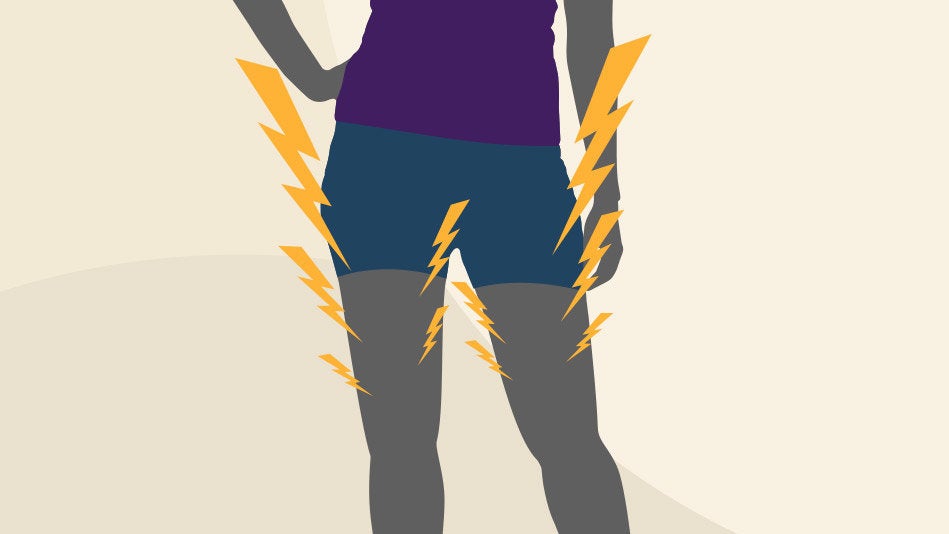
Illustration: David Wyffels
The Idea: Spot reduction is possible -- you just needed the right piece of equipment.
The Problem: Ask any exercise expert and they'll tell you spot reduction is a myth. Devices that claim to master your thighs or zap your abs into a 6-pack may make the muscles in that area stronger, but they don't get rid of the layer of fat sitting on top of them. "If you don't remove that fat, you get strong abs and thighs that you can't actually see," Gaesser says. "To lose weight and make those muscles visible, you have to elevate your metabolic rate over a long period of time."
The Lesson: Body-part specific gadgets alone won't get you results. Combine strength training with cardio and then you're getting somewhere.
The Problem: Ask any exercise expert and they'll tell you spot reduction is a myth. Devices that claim to master your thighs or zap your abs into a 6-pack may make the muscles in that area stronger, but they don't get rid of the layer of fat sitting on top of them. "If you don't remove that fat, you get strong abs and thighs that you can't actually see," Gaesser says. "To lose weight and make those muscles visible, you have to elevate your metabolic rate over a long period of time."
The Lesson: Body-part specific gadgets alone won't get you results. Combine strength training with cardio and then you're getting somewhere.
Pills that Made the Weight Melt Away
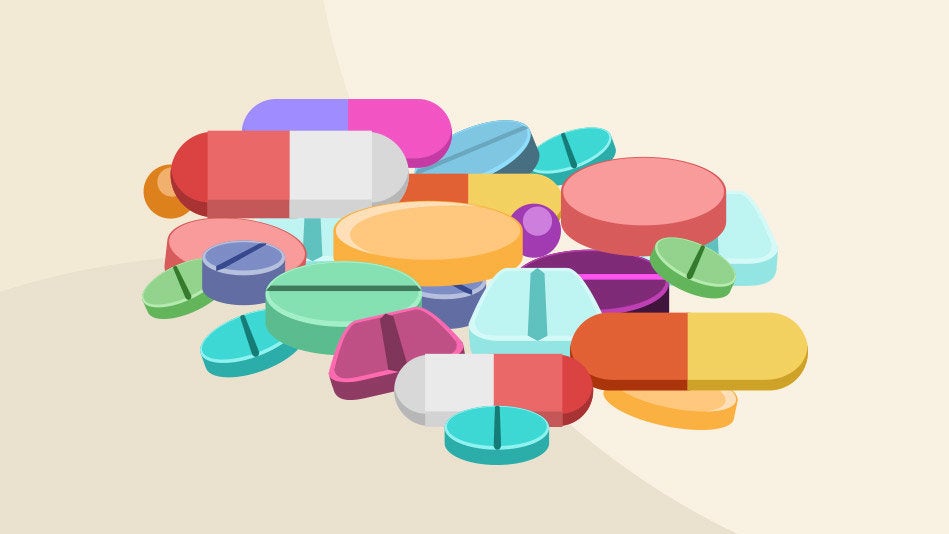
Illustration: David Wyffels
The Idea: Diet pills came on strong in the '70s and continued popping up in subsequent decades, both prescription and over-the-counter options, offering what seemed like an easy, quick fix for weight issues.
The Problem: Right idea, wrong implementation, particularly with pills that contained ingredients like fen-phen or ephedra, Aronne says. "We didn't know enough about the body's weight-regulation system back then," he says. "People were given the wrong medications and too much of them." The FDA withdrew fen-phen from the market in 1997 because of the risk of heart-valve damage, and ephedra was removed in 2004 over separate safety concerns.
The Lesson: Today's diet pills are much safer than their predecessors, Aronne says, because drug developers have learned from the mistakes of the past. But don't start taking a diet aid without talking to your doctor.
The Problem: Right idea, wrong implementation, particularly with pills that contained ingredients like fen-phen or ephedra, Aronne says. "We didn't know enough about the body's weight-regulation system back then," he says. "People were given the wrong medications and too much of them." The FDA withdrew fen-phen from the market in 1997 because of the risk of heart-valve damage, and ephedra was removed in 2004 over separate safety concerns.
The Lesson: Today's diet pills are much safer than their predecessors, Aronne says, because drug developers have learned from the mistakes of the past. But don't start taking a diet aid without talking to your doctor.
Advertisement
The Cookie Diet
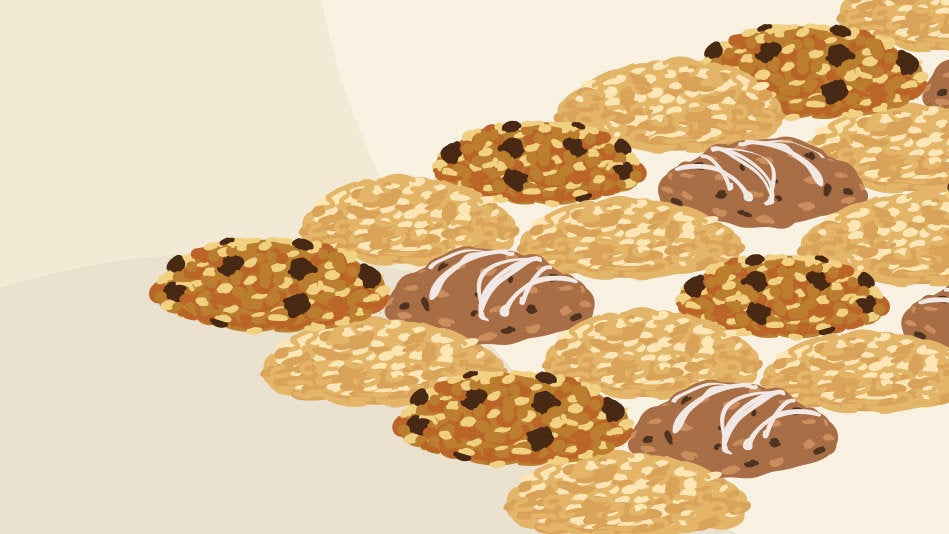
Illustration: David Wyffels
The Idea: Dr. Siegal's Cookie Diet started in 1975 and called for eating 6 specially formulated, hunger-controlling "cookies" per day, plus a sensible dinner, then watching the weight fall off. And it's still available, because who doesn't want to live on cookies?
The Problem: Figuring out what, exactly, is in the cookies and how they regulate your appetite is no easy feat, but, Scritchfield says they're likely highly processed, with added fiber to create a false sense of fullness. "This doesn't teach good habits, and there's no research to back it up," Aronne says. "Meal replacements like protein shakes can work for weight loss, but I wouldn't count these cookies as a nutritious meal replacement."
The Lesson: Cookies are not the basis of a well-rounded diet -- even "healthy" ones. Note: We're open to reconsidering that stance if and when someone develops an ice cream -- or cheese-based diet plan.
The Problem: Figuring out what, exactly, is in the cookies and how they regulate your appetite is no easy feat, but, Scritchfield says they're likely highly processed, with added fiber to create a false sense of fullness. "This doesn't teach good habits, and there's no research to back it up," Aronne says. "Meal replacements like protein shakes can work for weight loss, but I wouldn't count these cookies as a nutritious meal replacement."
The Lesson: Cookies are not the basis of a well-rounded diet -- even "healthy" ones. Note: We're open to reconsidering that stance if and when someone develops an ice cream -- or cheese-based diet plan.
Also on HuffPost: